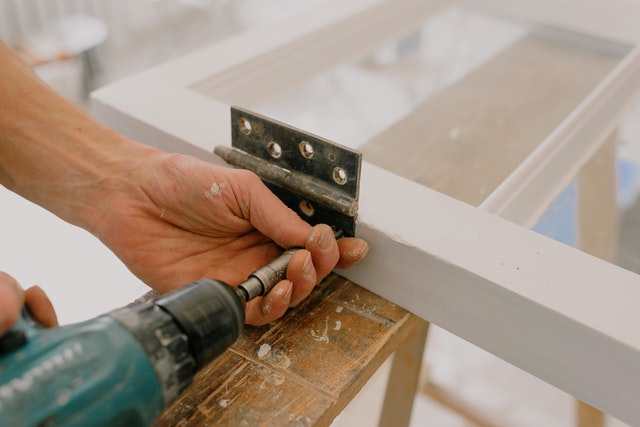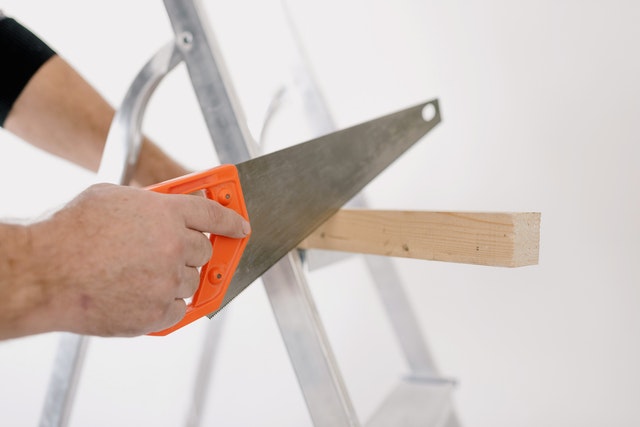To refasten the hinge more securely, remove one of the screws and try driving in a longer one. Sometimes you need a very long screw-as long as 3 inches-in order to reach the framing. Repeat the process with the other screws.
Or, wedge a piece of wood into each hole so the screw will fit more tightly. Support the bottom of the door, remove all the screws from one leaf, and fold the leaf back. Whittle plugs of wood to fit fairly tightly, squirt in some carpenter’s glue, and tap in the plugs. Drill pilot holes before driving the screws back in.
Strike Plate
If your door closes but does not latch, the latch bolt is not entering the hole in the strike plate. Watch it closely as you close the door to find the problem.
If the strike plate is too far away, use cardboard shims to bring it out. If the strike plate is too high or too low, remove it, mortise out for the new position, drill pilot holes, and refasten the strike. Use wood putty to fill any gaps.
Door Stop
The door may have trouble latching because is warped, so it does not meet the door stop all along its length. If the door is obviously warped, replace it. For a minor problem, pry out the door stop, close the door, and reinstall the stop so it fits snugly with the door at all points. After you do this, the face of the door may not be flush with the edge of the jamb, but that is usually not very noticeable.
Sometimes a door can bind because it rubs against the door stop on the hinge side of the jamb. Try tapping the stop over slightly using a hammer and a block of wood. If such subtleties fail, then remove and reposition the stop.
Door Moves By Itself
A door that moves by itself isn’t haunted; the hinges are simply out of plumb. Hold a level-or a straight board with a level clamped to it- against the pin sides of both hinges. The hinges should be closer to perfectly plumb.
If the hinges are out of plumb, unscrew one hinge and move it out. Drill pilot holes before refastening. Check the hinges for plumb. If they line up, fill the resulting mortise gap with wood putty.
The flat side if the jamb will rarely be out of plumb. This requires a more complicated fix: You’ll have to remove the casing and adjust the jamb. You’ll probably also need to adjust the jamb all the way around so the door will fit into the opening.





